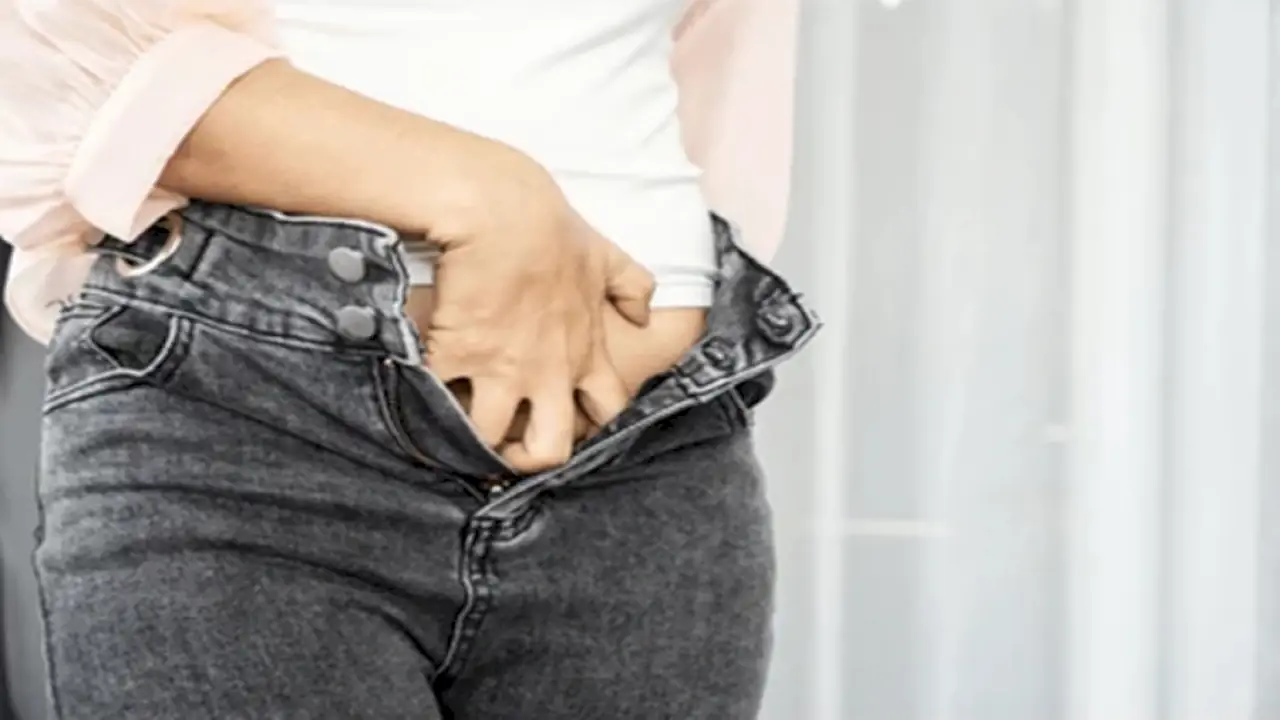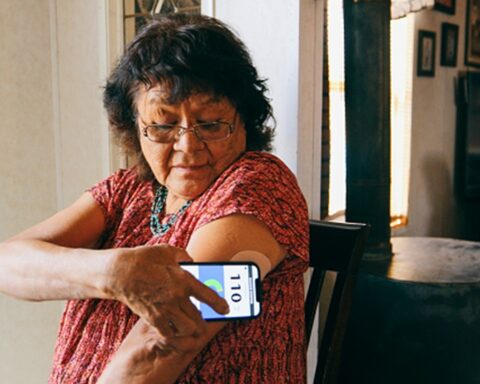Rudrapur (Uttarakhand), February 17, 2024: Diabetes is a serious and usually life-long condition that causes blood sugar levels to become too high.
There are two types of diabetes, type 1 and type 2. Type 2 is far more common, accounting for around 90 percent of cases.
It is often caused by factors such as being overweight or inactive, or a family history of the condition. In contrast, it is not known exactly what causes type 1.
As with any medical condition, the sooner you spot the signs of diabetes the sooner you can seek the correct medical help.
With this in mind an expert said about the warning signs of diabetes to look for.
The LloydsPharmacy Online Doctor Neel Patel, said: “Diabetes sometimes goes undetected as some of the symptoms go unnoticed.
“However, it’s best to identify diabetes earlier so that you can avoid later complications or potentially avoid developing diabetes altogether.”
He listed one lesser-known sign of type 2 diabetes to spot – itchy genitals or thrush.
According to Diabetes.co.uk , this is the result of blood sugar levels being too high.
It says: “Genital itching and burning can indicate a female or male yeast infection. Regular yeast infections are a sign of type 2 diabetes.
“In diabetes, blood glucose levels can go abnormally high, which can therefore provide ideal conditions for naturally present yeast to grow and also diminishes the body’s ability to fight infection.
“Diabetes can also cause a higher glucose content in the urine – another extremely suitable place for yeast to thrive.”
This could easily be mistaken for a sexually transmitted infection (STI), which can cause itching in that area.
But if felt alongside other diabetes symptoms it could be likely you are affected.
Dr Patel shared other symptoms to be aware of:
- Passing urine more often than usual, especially at night.
- Being unusually thirsty.
- Feeling fatigued.
- Losing weight without trying to.
- Cuts taking longer to heal.
Dr Patel revealed who is most at risk of diabetes.
“Generally, people who are overweight or obese are more at risk of developing type 2 diabetes,” he said.
“Specifically, people with an unhealthy waistline measurement and those who store too much fat around their pancreas and liver can be at high risk.
“Certain ethnicities also have an increased risk of developing type 2 diabetes.
“People from black African, African Caribbean and South Asian backgrounds are generally at a higher risk.
“Diabetes can be very dangerous if it goes untreated. Most complications build up over time but others can present at any point.”
If you notice any signs of diabetes you should speak to any Endocrinologist.
Inputs with Express.co.uk





